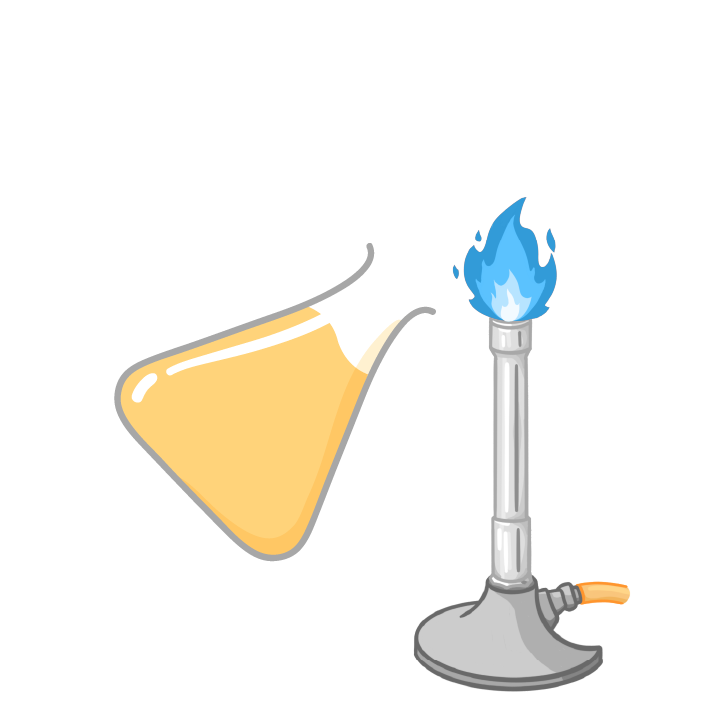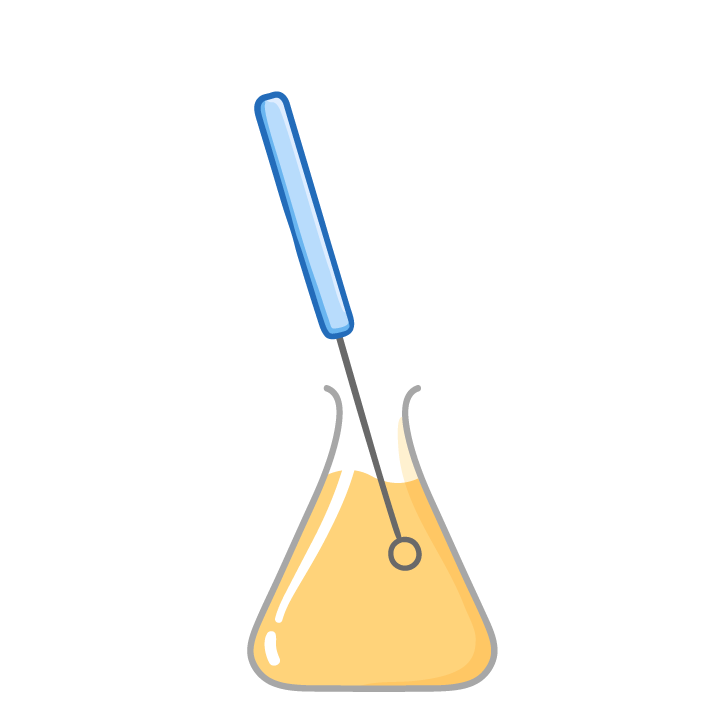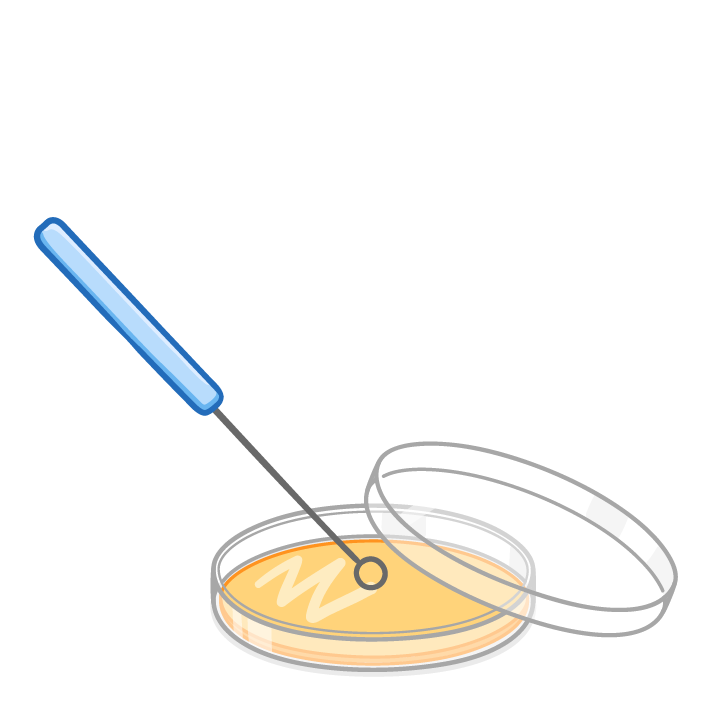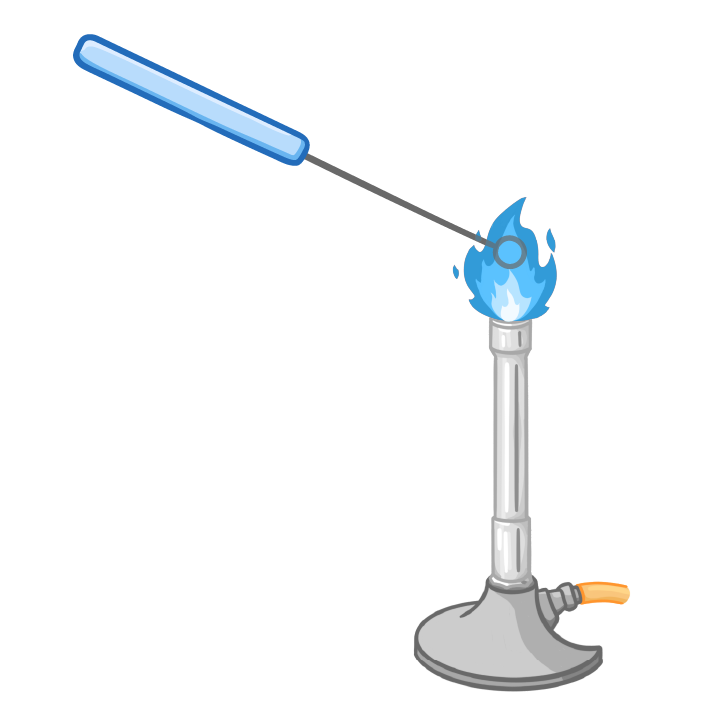Culturing Microorganisms
This lesson covers:
- The techniques used to produce cultures of microorganisms
- How aseptic techniques are used to prevent contamination of microorganism cultures
- How cultures of microorganisms are used to investigate the action of disinfectants and antibiotics
Culturing bacteria In order to study bacteria, we often need to grow them in a laboratory setting. This is called 'culturing' bacteria. The cultured bacteria can be used to investigate the action of disinfectants and antibiotics.
Conditions needed for bacterial growth Under optimal conditions, bacteria can multiply via binary fission as often as once every 20 minutes. Factors affecting the speed of bacterial growth:
|
Nutrient broth & agar plates Bacteria need a mixture of nutrients in order to reproduce, including carbohydrates (for energy), nitrogen compounds (for protein synthesis), vitamins, and minerals. |
Nutrient broth and agar are two nutrient-rich substances used to grow bacteria. (you will often see these substances referred to as 'mediums' or 'media') |

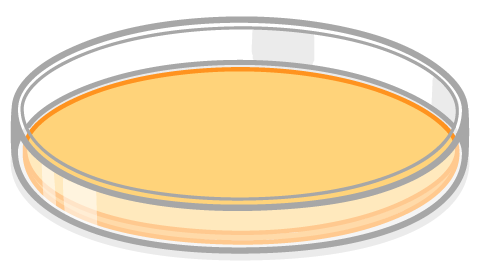 2Agar - a gel medium (like firm jelly) (image shows an 'agar plate' - a plastic dish containing a thin layer of agar) |
Bacteria grow on agar plates as colonies 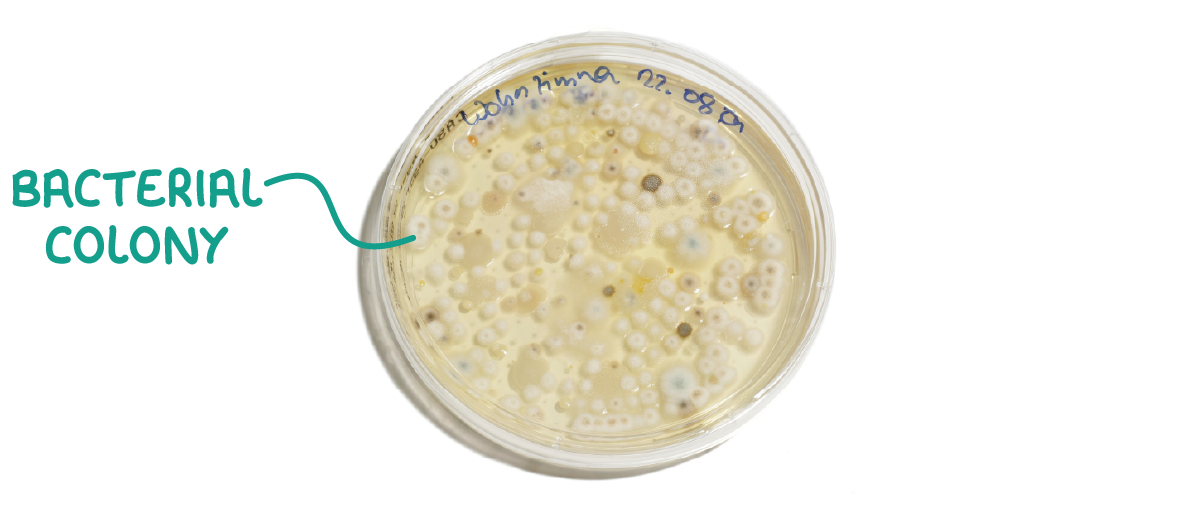 An individual bacterium is invisible to the naked eye, but will multiply rapidly when placed in a growth medium. The resulting group of bacterial cells is called a bacterial colony. Each colony is visible to the naked eye, containing millions of bacteria. |
Preventing contamination
It is extremely important that when we grow bacteria, we prevent contamination (the presence of unwanted microorganisms).
To prevent contamination, scientists use aseptic techniques.
Aseptic techniques
Aseptic techniques are a set of procedures used to make sure a culture medium is not contaminated when attempting to culture microorganisms.
Examples of aseptic techniques
- Cleaning surfaces with disinfectant - e.g. cleaning the work area before and after use with alcohol.
- Washing hands with antiseptic soap and warm water before handling microorganisms.
- Sterilising all instruments, solutions, and mediums before they are used. Usually sterilisation involves heating objects to a temperature at which all contaminating microorganisms are destroyed.
- Creating a sterile field using a Bunsen burner - a sterile field is a sterilised area created by the updraft of the flame. Biologists can try to work within the sterile field, and minimise the time that cultures and growth media are open to the environment.
- Growing bacteria in incubators set to a maximum of 25°C. This prevents the growth of harmful pathogens which prefer body temperature (37°C).
Growing bacterial colonies Inoculation refers to the process of transferring bacteria from a broth to an agar plate.
 1The inoculating loop is sterilised before use by being placed in a Bunsen burner flame until it is red hot. 2The inoculating loop is then held in the air in the sterile field area, and allowed to cool. |
Investigating the effect of antiseptics and antibiotics on bacterial growth Agar plates are commonly used to investigate the effect of antiseptics or antibiotics on bacterial growth. By taking filter paper discs, soaking them in different antiseptic or antibiotic solutions, and then placing them on an agar plate, scientists can find out how good the different solutions are at killing bacteria.
Zones of inhibition
This clear area is called the inhibition zone, and it can be calculated using the equation: area = π r2 A larger zone of inhibition indicates the substance is more effective at killing the bacteria. 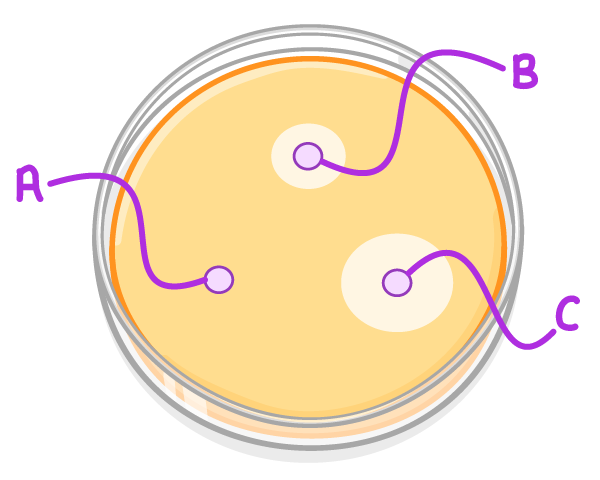 We can look at the zones of inhibition and assess the effectiveness of each antibiotic at killing the bacteria:
|
When bacteria are grown on agar plates, each visible 'group' of bacteria is referred to as a:
Colony
Camp
Collection
|
Why is the Petri dish lid only partially lifted?
To prevent the entry of microorganisms from the air
To allow microorganisms in
To stop heat escaping
To allow heat in
|

Which of these conditions are needed for bacteria to multiply?
Suitable temperature
Lack of nutrients
Presence of nutrients
Moisture
Freezing temperature
|
Bacteria can be grown in a...
Test tube with water
Nutrient broth
Agar plate
Empty Petri dish
|
The agar gel provides bacteria with the n they require to grow.
|
What is the term for the procedures used to prevent contamination when culturing microorganisms?
Inoculation
Safe culturing
Decontamination
Aseptic techniques
|
A student placed an antibiotic disc on an agar plate containing bacteria. There was no clear area around the antibiotic disc.
What does this observation tell you about the effectiveness of the antibiotic?
The antibiotic is effective
The antibiotic is ineffective
|
